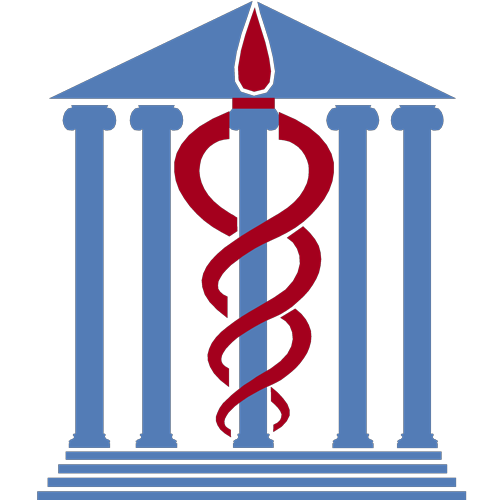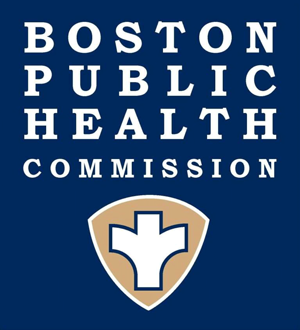Public Resources
Public Resources
Access and Functional Needs
Emergencies can intensify existing vulnerabilities and create new ones. Rather than isolating vulnerabilities and disabilities, it is imperative to use a function-based framework to integrate the needs of the Whole Community and provide an inclusive approach to emergency preparedness, response, and recovery planning.
CMIST Framework
The C-MIST Framework is a tool for identifying additional needs of people that must be considered in planning for, responding to, and recovering from a disaster or emergency. The framework, originally developed by June Isaacson Kailes and Alexandra Enders, identifies people based on their specific access or functional need during an emergency, and includes those with temporary needs such as pregnant women, and those who may not identify as having a disability, such as elders, children, and people needing bariatric equipment.
Since its creation, the C-MIST framework has been adopted by various agencies, including FEMA and the Office of the Assistant Secretary for Preparedness and Response (ASPR). The framework used by each agency includes slight modifications, but the core meaning remains the same. The C-MIST framework categorizes functional needs into 5 basic categories: communication, maintaining health, independence, support/services/self-determination, and transportation. The model summarized below is based upon the work of Janice Springer.
| C | Communication |
| Individuals who may have limitations that interfere with the receipt of and response to information including those who are deaf or hard of hearing; speak American Sign Language; have limited or no English proficiency; are blind or have low vision; and/or have cognitive or physiological limitations | |
| M | Medical Needs |
| Individuals who may require Personal Assistance Services (or personal care assistance) in maintaining their activities of daily living such as eating, dressing, grooming, transferring, and toileting | |
| I | Independence |
| Individuals who function independently if they have their assistive devices, such as consumable medical supplies (diapers, formula, bandages, ostomy supplies, etc.), durable medical equipment (wheelchairs, walkers, scooters, etc.), and/or service animals | |
| S | Support, Services, and Self-determination* |
| Individuals with behavioral health needs, those who have psychiatric conditions (such as dementia, Alzheimer's disease, Schizophrenia, severe mental illness), pregnant women, nursing mothers, and infants, and children | |
| T | Transportation |
| Individuals with transportation needs because of age, disability, temporary injury, poverty, addiction, legal restriction, or those who do not have access to a vehicle |
* NOTE: The 'S' denotes "Safety, Support Services, and Self-Determination" in FEMA's model; "Services and Support" in ASPR's model; and simply "Supervision" in the original model from Kailes and Enders.
« Previous | Topic Home | Next »

